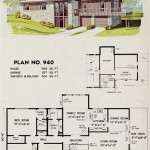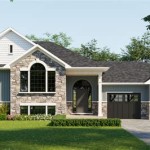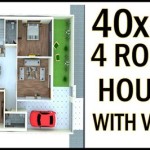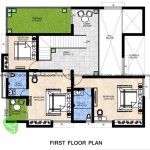Essential Elements of a Residential House Site Development Plan
Creating a comprehensive site development plan is crucial for ensuring a successful residential house construction project. It serves as a roadmap that outlines the key aspects of the property's layout, infrastructure, and amenities. Here are the essential elements to consider when developing a site development plan for a residential house:
1. Property Analysis and Site Survey
The first step involves conducting a thorough analysis of the property to gain a clear understanding of its characteristics. This includes examining factors such as soil conditions, topography, drainage patterns, and existing vegetation. A professional land surveyor will then perform a site survey to determine the property's boundaries, easements, and any potential constraints that may impact development.
2. Zoning Regulations and Building Codes
It is essential to familiarize yourself with the zoning regulations and building codes applicable to the property. These regulations establish guidelines for permissible land use, building setbacks, height restrictions, and other requirements. Adhering to these regulations ensures that the proposed development complies with local laws and standards.
3. Site Layout and Design
The site layout defines the arrangement of buildings, driveways, walkways, and other structures on the property. Factors to consider include the desired orientation of the house, solar exposure, privacy concerns, and accessibility to utilities. The design should prioritize functionality, aesthetics, and efficient use of space.
4. Infrastructure Planning
The site development plan must incorporate essential infrastructure, including water and sewer connections, electrical service, gas lines, and stormwater management systems. Underground utilities should be strategically placed to avoid conflicts with other structures or landscaping elements.
5. Landscaping and Open Space
Landscaping plays a vital role in enhancing the aesthetics and functionality of a residential property. The site development plan should outline the types of vegetation, hardscaping materials, and irrigation systems to be used. Open spaces, such as patios, decks, or outdoor living areas, should be designated to provide opportunities for outdoor recreation and enjoyment.
6. Stormwater Management
Proper stormwater management is essential for preventing flooding and erosion on the property. The site development plan should incorporate measures such as grading, drainage swales, and detention ponds to control runoff and maintain water quality.
7. Erosion and Sediment Control
During the construction phase, it is crucial to implement erosion and sediment control measures to minimize the impact on the surrounding environment. The site development plan should include details on temporary and permanent erosion control measures, such as silt fences, hay bales, and vegetative stabilization.
8. Cost Estimation and Budgeting
Developing a comprehensive site development plan requires an accurate cost estimation. This involves calculating the expenses associated with land preparation, infrastructure installation, landscaping, and other related tasks. A detailed budget ensures that the project remains within financial constraints.
9. Permitting and Approvals
Once the site development plan is finalized, it must be submitted to the local authorities for review and approval. This process may involve obtaining building permits, zoning variances, and other necessary permissions. Adhering to the permitting process ensures compliance with regulations and allows for the timely execution of the project.
10. Construction Administration
During the construction phase, it is important to have a project manager or construction administrator oversee the implementation of the site development plan. Regular inspections and monitoring ensure that the construction adheres to the approved plans and meets the required standards.
By considering these essential elements and engaging the services of qualified professionals, you can create a comprehensive site development plan that lays the foundation for a successful residential house construction project. A well-designed site will enhance the property's functionality, aesthetics, and value while ensuring compliance with regulations and minimizing environmental impact.

Residential Site Plans What To Include And How Draw Them Cedreo

Qatar Al Rayyan Residential Development Villas Modern House Design Small Site Plan

Site Plans What They Are And How To Create One

Site Plan Wikipedia

How To Draft Site Development Plan

A 1 Perspective Site Development Plan Location Table Of Contents How To

Site Plans What They Are And How To Create One

Design Family Compound Ideas Layout Site Development Plan House Plans

Site Plans What They Are And How To Create One

Ceres Golf Estate Design Guidlines








